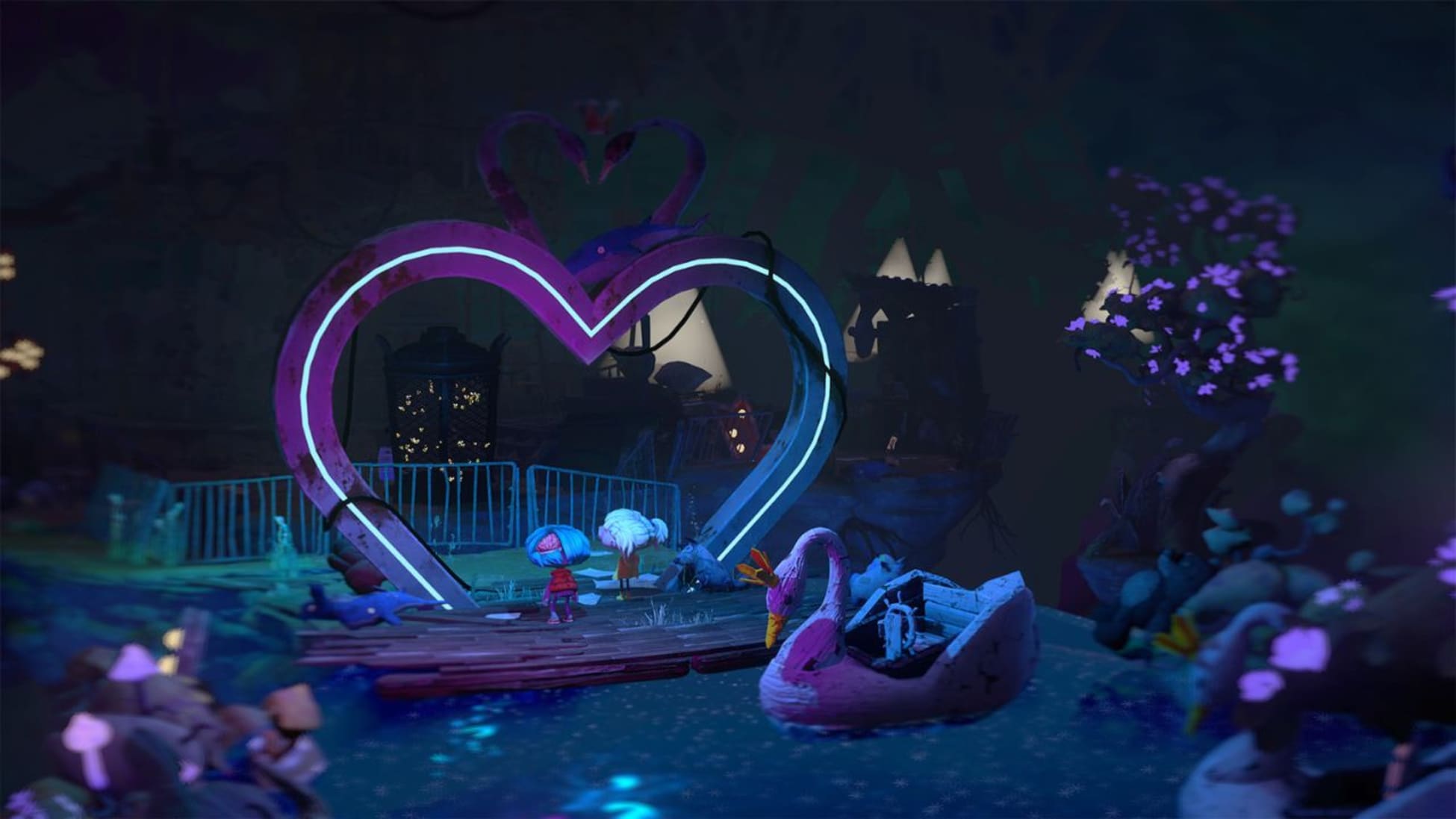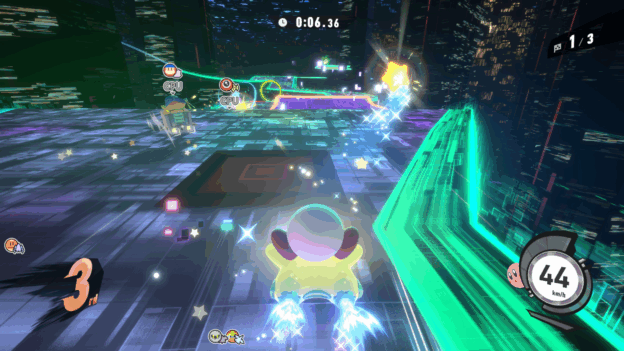Infinity Strash: Dragon Quest The Adventure of Dai Review – Review

Endless garbage, by any other name.
Dragon Quest has spun-off into dozens of exciting, unique, and enjoyable titles over the years. Among these, Dragon Quest Builders and its sequel, both Minecraft-like games with RPG features, are two of my personal favorites. The Dragon Quest brand carries with it a cachet and charm that often infuse the non-mainline releases with that same joy that games like Dragon Quest V and Dragon Quest XI bring. It’s fitting, perhaps, that the latest side project doesn’t actually begin with Dragon Quest in title; it’s the furthest thing from the typical quality of the franchise and even further away from being a good time.
Infinity Strash: Dragon Quest The Adventure of Dai is an action-RPG based on the manga and anime starring the titular character. Except, it plays more like a visual novel for half of its runtime and features nothing in the way of exploration or adventuring. There is very little redeeming about the experience outside of some flashy ultimate attack animations, and after rolling credits I’m left wondering why the game exists at all, if only to attempt to cash in on the recent anime series from 2020. The story largely focuses on Dai’s journey to become a hero, but the medium of delivery for that narrative just doesn’t fit with the musou-style combat. A couple of the characters earn new job classes, but these changes come far too late in the story to really matter.

Across seven chapters, you access tiny map nodes of three different types. Most of these involve a voiced but still cutscene a minute or two in length. The second most common scenario is a boss fight, and bafflingly the majority of them are one-on-one bouts. There are also a smattering of small stages where you’ll have multiple characters and waves of enemies to take out. Your party reaches a maximum of four, but only a handful of stages in the main story involve fighting with your teammates, and so there’s a disconnect between all the work you do in raising up their levels and outfitting them with specific attribute boosts that feels undone by the structure of the game. The word for it might be discordant; there’s no sense of harmony or flow to how The Adventure of Dai plays out. Moving from node to node becomes a tedious chore that’s occasionally punctuated by a seldom enjoyable boss fight. I say “seldom” because if you’re underleveled, the standard difficulty mode may prove an immense challenge, while the easier mode (and there are only two options) is basically child’s play.
Progression comes in the form of standard RPG level-ups through the combat stages, and you can return to previously completed levels to grind for experience and materials to improve your skills. As the game so often likes to remind you, there’s also a roguelike dungeon called the Temple of Recollection, and here you can earn Bond Memories to equip on your characters to boost their attack, defense, magic, etc. Bond Memories themselves can also be bolstered with materials acquired in the Temple. Every visit to this location starts you back at square one, both in terms of character level and the literal floor of the dungeon. None of your experience gains carry forward outside of the Temple, and dying at any point in your run forfeits all of the items gained to that point. This roguelike element is a cruel way to punish players for trying to make the story mode a little easier, and it does feel like a necessary feature given the way bosses scale up outside of the Temple of Recollection. You basically need the benefits that come from finishing a few floors within the roguelike space, but if you don’t exit the dungeon before it becomes too tough, you lose everything.

While you’re given a variety of healing and stat-buffing items for every combat encounter, you have none of these in the Temple of Recollection (outside of a few you can purchase on certain floors). It’s also not possible to revive fallen comrades, so you need to be very careful to conserve HP or make ample use of your healer, Maam’s, curative spells. Moving from one strata to the next can represent a major leap in enemy strength, and if you haven’t built up your character’s levels and stats enough by moving through the earlier floors, you can be in for a rude awakening when your foes start pounding you like a hammer.
The plot of Infinity Strash isn’t boring or uninteresting, but its delivery is one of the poorest I’ve seen in a game of this size and style. The world of Dragon Quest is full of endearing characters, enemies, and spaces, but all of those elements are sapped of their potency through the narrative structure employed here. Accessing multiple map nodes in a row that serve only to push the story along just isn’t very compelling, and the repeated one v. one battles against the same bosses is another form of repetition that drags down the experience. The few interactive elements of The Adventure of Dai aren’t rewarded with meaningful, well-told exposition, and the constant switching between rote combat encounters and visual novel cutscenes represents a death knell for this mediocre game.
If there’s a worse Dragon Quest side game out there, I haven’t played it. The only group who is likely to derive any satisfaction from Infinity Strash: Dragon Quest The Adventure of Dai would have to be megafans of the manga or anime and want to see the events therein retold in a different medium. Baffling design choices like splitting up the party, forcing players to make use of the punishing roguelike area, having lack of action map nodes, and delivering the story through still cutscenes work in tandem to kill any joy that this experience might have elicited. Ultimately, Infinity Strash is a lifeless husk of a video game that can’t be redeemed by an added post-game difficulty or the dozens of simplified and random stages of the Temple of Recollections. Spend your time and money on anything else with the “Dragon Quest” name on it instead, and leave this one in the Strash bin.




